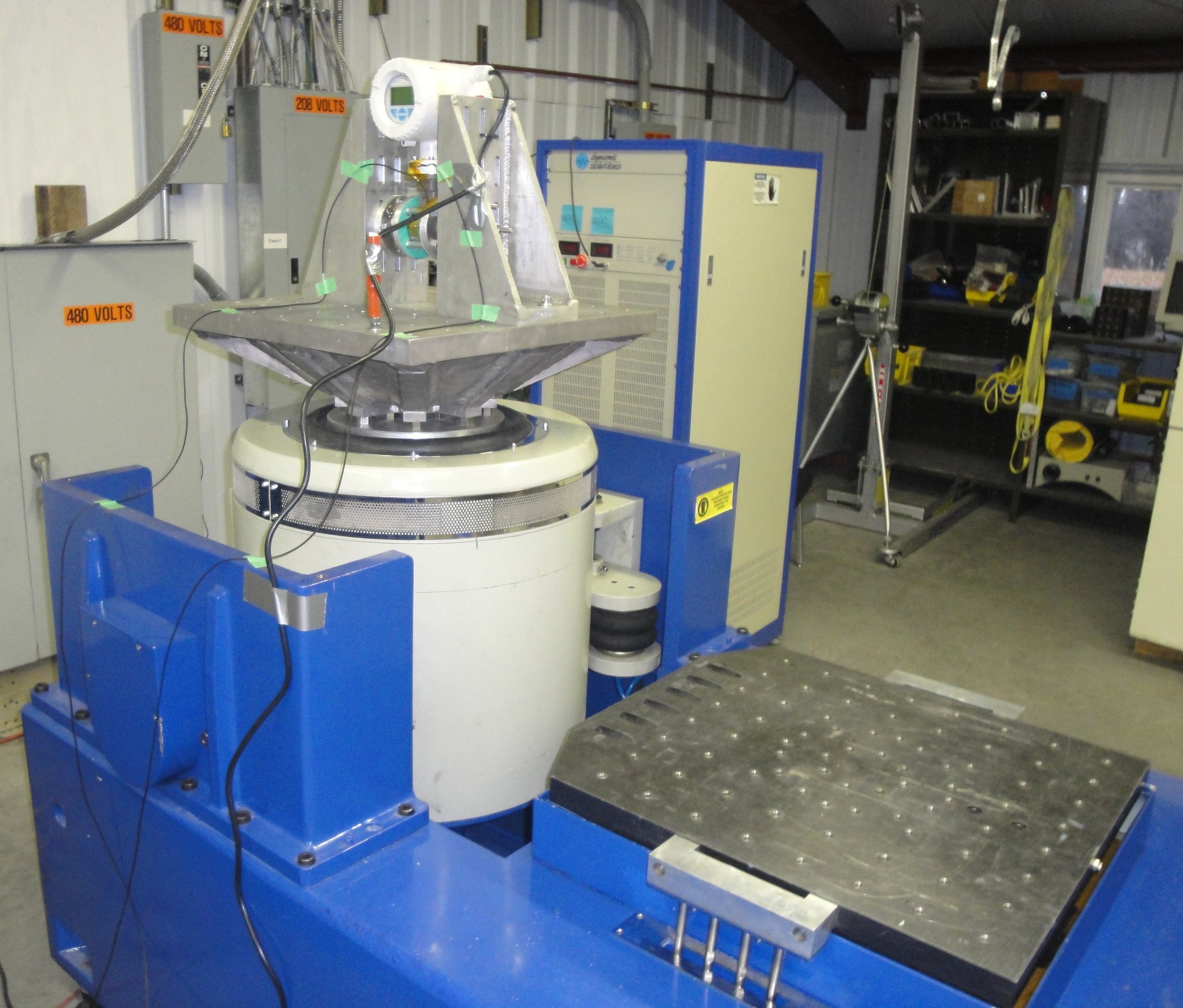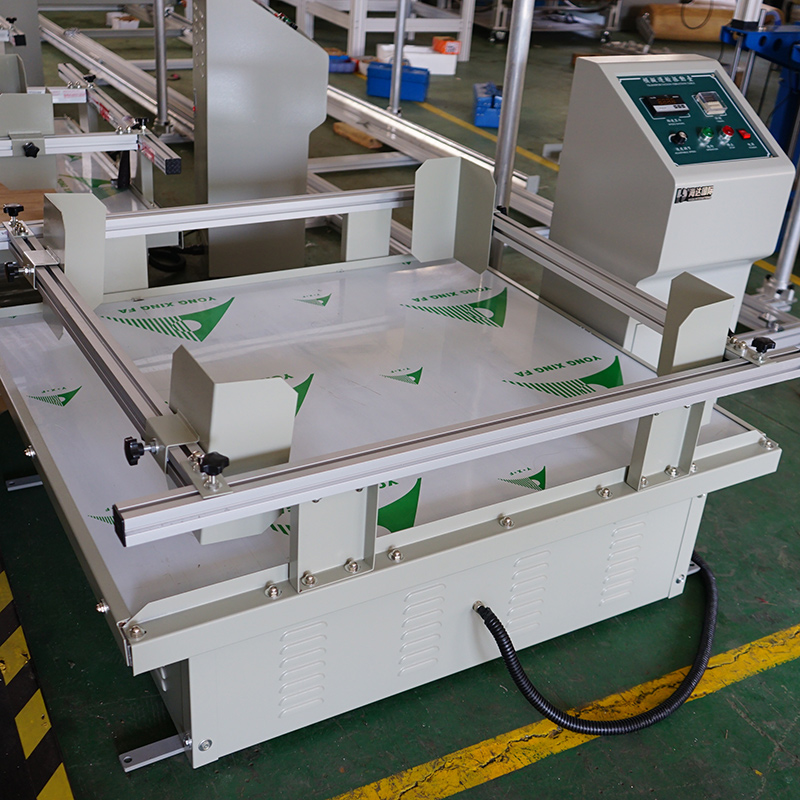

For linear systems, the frequency of the steady-state vibration response resulting from the application of a periodic, harmonic input is equal to the frequency of the applied force or motion, with the response magnitude being dependent on the actual mechanical system.ĭamped vibration: When the energy of a vibrating system is gradually dissipated by friction and other resistances, the vibrations are said to be damped. Examples of these types of vibration include a washing machine shaking due to an imbalance, transportation vibration caused by an engine or uneven road, or the vibration of a building during an earthquake. The periodic input can be a harmonic or a non-harmonic disturbance. The disturbance can be a periodic and steady-state input, a transient input, or a random input. The mechanical system vibrates at one or more of its natural frequencies and damps down to motionlessness.įorced vibration is when a time-varying disturbance (load, displacement, velocity, or acceleration) is applied to a mechanical system. Examples of this type of vibration are pulling a child back on a swing and letting it go, or hitting a tuning fork and letting it ring.

In many cases, however, vibration is undesirable, wasting energy and creating unwanted sound. Vibration can be desirable: for example, the motion of a tuning fork, the reed in a woodwind instrument or harmonica, a mobile phone, or the cone of a loudspeaker. The oscillations may be periodic, such as the motion of a pendulum-or random, such as the movement of a tire on a gravel road.

The word comes from Latin vibrationem ("shaking, brandishing"). Vibration is a mechanical phenomenon whereby oscillations occur about an equilibrium point. For other uses, see Vibration (disambiguation) and Vibrate (disambiguation).


 0 kommentar(er)
0 kommentar(er)
